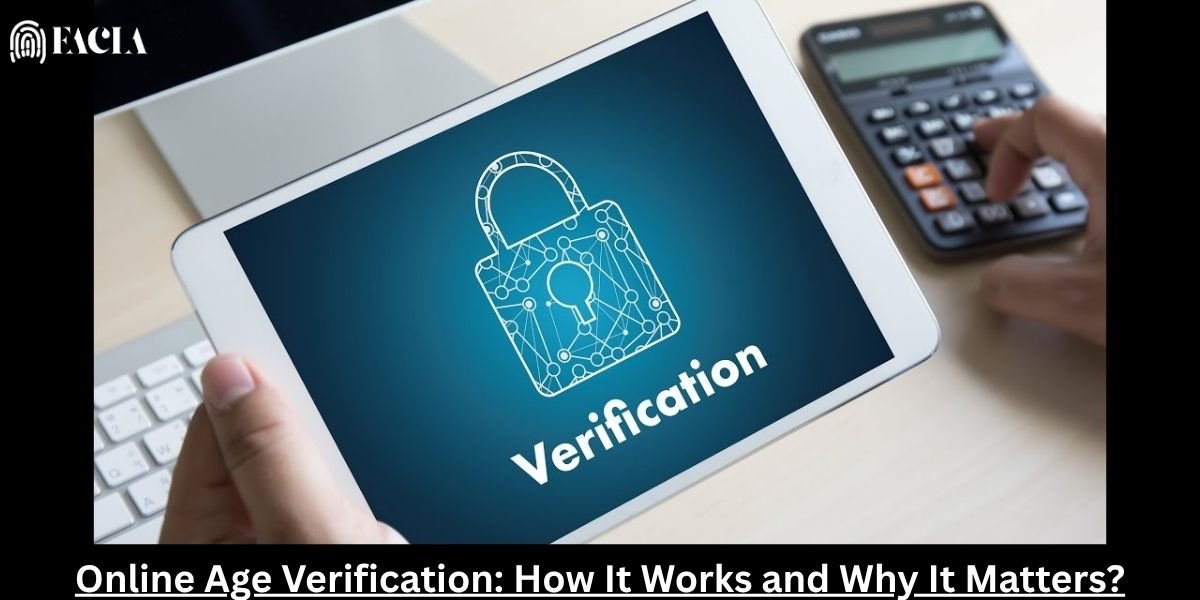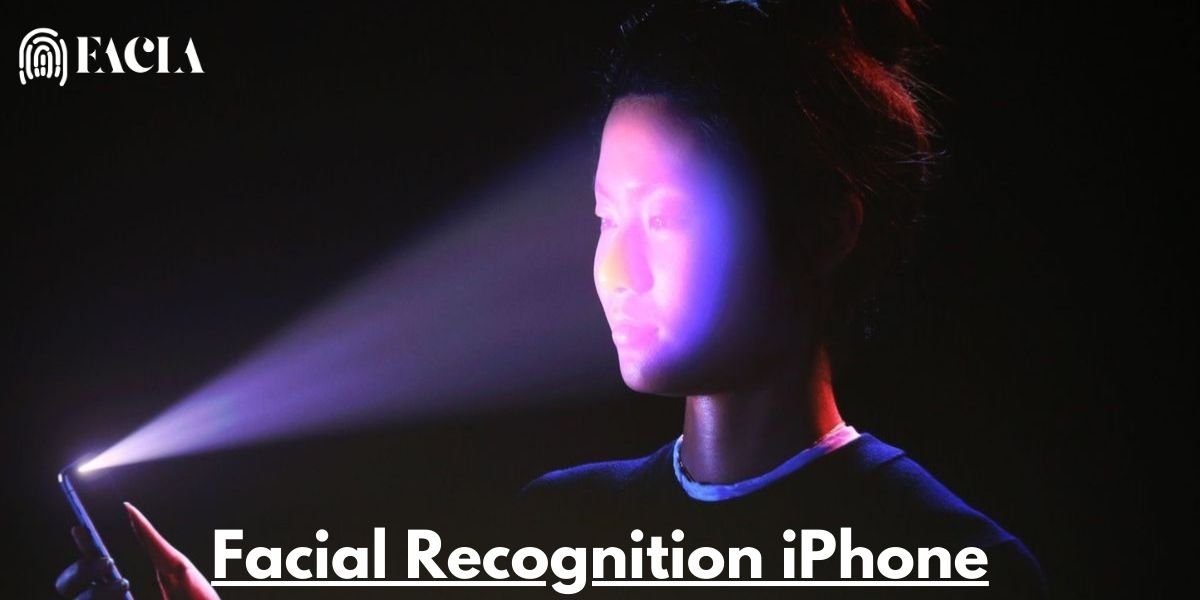To me, online age verification isn’t just a technical checkbox — it’s a digital responsibility. In a world where everything from shopping to streaming happens online, we need smarter ways to make sure age-restricted content and products stay where they belong. It’s not just a moral concern; for businesses, it’s often a legal requirement that can’t be ignored.
That’s why online age verification matters. It acts like a virtual gatekeeper, helping businesses stay compliant and shielding minors from inappropriate access. In this guide, we’ll walk through why it’s important, how it works, and what tools can make the process both secure and seamless.
What Is Age Verification Online?
Online age verification refers to the method of verifying a person’s age before allowing them to access content, services, or products that are legally or ethically age-restricted. Think of it as the digital bouncer at the door, ensuring that only eligible individuals step inside.
Why Online Age Verification Matters?
There has never been a greater urgency for strong and reliable online age verification systems. With increasing cyber risks and legal pressure, businesses are adopting advanced, tech-driven age verification solutions. However, online age verification is particularly critical for:
Protecting Minors from Visiting Age-Restricted Sites
With children spending more time online, the digital world must be as secure as the real one. The internet exposes minors to a wide range of age-inappropriate content, from adult entertainment and online gambling to violent games and restricted goods like alcohol, tobacco, or vape products. Implementing robust online age verification systems is now essential to protect young users from these risks.
Legal & Regulatory Requirements for Age Verification
Online age verification is no longer optional for businesses—it’s a legal requirement in many countries. Whether it’s an e-commerce platform selling vape pens or a digital casino, failure to verify users’ ages can result in hefty fines, legal actions, and damage to brand reputation. Regulatory bodies are tightening age-gating laws, and non-compliance can be costly.
Age Verification Builds Trust and Brand Credibility
Complying with age verification laws does more than just keep businesses out of trouble—it builds trust. When companies show they care about ethical practices and responsible digital access, users respond with loyalty and respect. Strong online age verification practices reflect a commitment to community safety and enhance brand reputation across the board.
Exploring Online Age Verification Methods
The landscape of online age verification is diverse, offering a range of methods from simple to highly sophisticated, each with its advantages and limitations. Here are some common online age verification techniques:
Self-Declaration/Age Gates
These are the simplest, often just a checkbox (“I am 18+”) or a dropdown to select a birth year. While easy to implement, they are prone to age verification bypass and generally insufficient for legal compliance where genuine verification is required. They function more as a minimal barrier than an effective solution.
Database Checks
This method involves verifying a user’s age by cross-referencing provided information (like name, address, and date of birth) against reliable, authoritative databases such as credit bureaus, public records, or government registries. This provides greater confidence compared to users simply declaring their age themselves.
ID Document Verification
This is one of the most robust methods. Users are prompted to upload an image of a government-issued ID (e.g., driver’s license, passport, national ID card).
- Automated Scanning (OCR): Optical Character Recognition technology automatically extracts data from the ID.
- Authentication: Sophisticated algorithms verify the document’s genuineness, detecting fakes or alterations.
- Facial Matching & Liveness Detection: Often, users are asked to take a selfie, which is then compared to the ID photo. Liveness detection ensures the selfie is of a real person and not a static image or mask.
Credit Card Verification
In some cases, age is inferred by verifying credit card ownership, as consumers typically need to be of legal age to obtain a credit card. However, this method has limitations, as minors can sometimes use a parent’s card, and it doesn’t apply to all age-restricted items (e.g., adult content doesn’t always require a purchase).
Mobile Provider Checks
Certain online age verification services can leverage data from mobile network operators to verify a user’s age, often through direct API integrations. This can be a seamless method, particularly where mobile face IDs are linked to age information.
Biometric Age Estimation
Newer AI-driven technologies can estimate a user’s age based on analyzing facial features from a live camera feed. While promising for low-friction experiences, concerns around accuracy and privacy are still being addressed. For example, Yoti’s age estimation technology can provide an anonymous age estimate.
Digital ID Wallets
Emerging solutions allow users to store pre-verified digital identities in secure digital wallets (like Yoti or government-backed digital IDs). When prompted for age verification, users can share a verified age attribute from their digital wallet without revealing underlying personal documents.
How Does Online Age Verification Work
So, you’ve encountered an “Are you 18?” pop-up – but how does the system verify your age beyond a simple click? The process of online age verification, while seemingly simple from a user’s perspective, involves sophisticated underlying technologies and methodologies.
Typically, the process unfolds as follows:
- Access Attempt: A user attempts to access age-restricted content, a product page, or register for a service.
- Verification Prompt: The system automatically triggers an age verification prompt, interrupting the user’s journey.
- Information Provision: The user is then asked to provide specific information or interact with a verification tool. This could range from entering a date of birth to uploading an identification document.
- System Verification: The online age verification system uses advanced algorithms to instantly verify age by analyzing ID data and facial biometrics. AI-powered facial recognition matches selfies with ID photos and estimates age through biometric patterns.
- Access Decision: Based on the verification outcome, the user is either granted access to the restricted content/product or denied.
Key Components of an Online Age Verification System
Behind the scenes, several critical components work:
- Data Collection: This involves securely collecting necessary user data, such as their date of birth, full name, address, or even details from a government-issued ID.
- Verification Mechanisms: These are the core technologies that perform the actual age check, utilizing various data sources and authentication techniques.
- Decision Logic: This is the programmed intelligence that interprets the verification results and makes the final decision on whether to grant or deny access, often factoring in regional age laws.
- Privacy Considerations: Crucially, robust OAV systems are built with data security and privacy protocols at their forefront, ensuring user information is handled responsibly and in compliance with regulations like GDPR or CCPA.
Online Age Verification Software and Services
Online Age Verification Software and Services play a crucial role in today’s digital landscape by helping businesses verify a user’s age before granting access to age-restricted products, services, or content. These solutions are essential for industries like e-commerce, gaming, gambling, alcohol sales, and adult content platforms, where compliance with age-related laws is non-negotiable.
Modern verification systems combine both software functionality and service-based infrastructure to deliver robust, real-time age checks. Key technologies include:
- AI-powered facial recognition technology and age estimation.
- Government-issued ID scanning and document authentication.
- Biometric matching, such as selfie-to-ID photo comparison.
- Database cross-referencing for instant identity validation.
By integrating these tools, businesses can prevent unauthorized access by minors, ensure legal compliance, reduce risk, and build trust with their users. Whether offered as standalone software or a comprehensive service, online age verification is now a vital part of responsible digital operations.
Age Verification Online Free
Age verification online free tools provide a simple way to restrict access to age-sensitive content without any cost. These are ideal for small websites, blogs, or low-risk businesses that need basic protection. Common free methods include:
- Checkbox confirmations (e.g., “I am 18+”)
- Date of birth entry fields
Examples of Free Age Verification Platforms
- Age Gate (WordPress Plugin): Adds customizable age checks to WordPress sites.
- Agy (WordPress plugin): A free, lightweight script for adding an age gate to any website.
- AgeVerify.com: Offers free HTML code for simple age verification pop-ups.
- Shopify Age Verifier Apps: Some age-check apps offer free plans for e-commerce stores.
For stronger security and legal compliance, especially in regulated industries, advanced paid solutions with facial recognition systems and ID verification are recommended.
Online Age Verification Laws & Regulatory Landscape
Online age verification isn’t just a best practice—it’s quickly becoming a legal requirement across multiple jurisdictions.
United States
Laws such as COPPA (Children’s Online Privacy Protection Act) restrict data collection from children under 13, pushing platforms to verify age before access. States like Utah, Louisiana, and Virginia have passed porn ID laws, requiring age verification for adult websites.
Europe
Under the GDPR, businesses must ensure that children receive special protections. Many EU countries have enacted their age verification mandates for gaming, content, and e-commerce platforms.
Global Trends
Countries like Australia and the UK are implementing national digital ID systems with built-in age checks, signaling a global shift toward mandatory compliance.
Non-compliance can lead to:
- Hefty fines (GDPR fines can reach €20 million or 4% of annual turnover)
- Legal lawsuits
- Damage to brand reputation
Benefits of Online Age Verification
Implementing age verification is not just about compliance—it brings a range of benefits for both users and businesses.
For Businesses
- Legal Protection: Avoid fines and lawsuits by meeting regulatory requirements.
- Brand Trust: Show users that your platform is committed to safety and responsibility.
- Fraud Detection and Prevention: Stop bots, fake accounts, and underage signups.
For Users
- Safer Environment: Minors are protected from exposure to inappropriate content.
- Privacy Respect: With proper data handling, users know their information is secure.
The Future of Online Age Verification
The field of online age verification is rapidly evolving, driven by technological advancements and increasingly stringent regulatory demands.
Emerging Technologies
- Further Advancements in AI and Biometrics: Expect even more accurate and less intrusive AI-powered facial recognition for age estimation and liveness detection.
- Decentralized Identity and Blockchain Solutions: Blockchain technology could enable a truly privacy-preserving age verification, where users hold their verified age data and share it without revealing underlying personal information.
- Seamless, Privacy-Preserving Methods: The focus is on frictionless user experiences that verify age while minimizing data collection and maximizing user privacy, perhaps through zero-knowledge proofs.
Conclusion
Online age verification is no longer a niche concern; it’s a fundamental pillar of responsible digital citizenship and business operation. It stands as a critical safeguard, shielding minors from harm while simultaneously protecting businesses from legal repercussions and reputational damage.
By understanding how these systems work, the diverse methods available, and the ever-evolving legal landscape, both users and businesses can navigate the digital world more safely and confidently. The commitment to robust age verification is a shared responsibility, paving the way for a more secure and ethical online environment for everyone.





